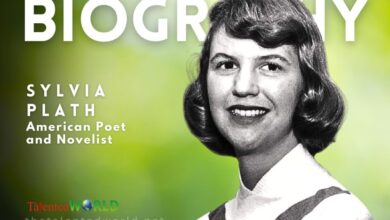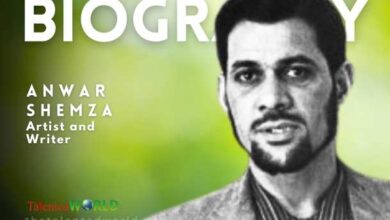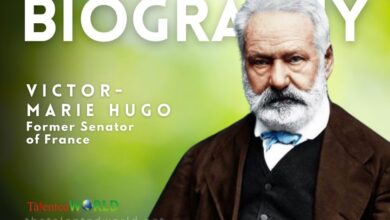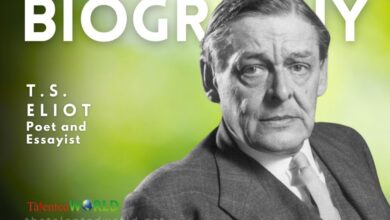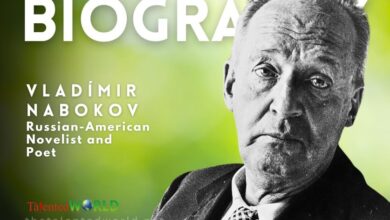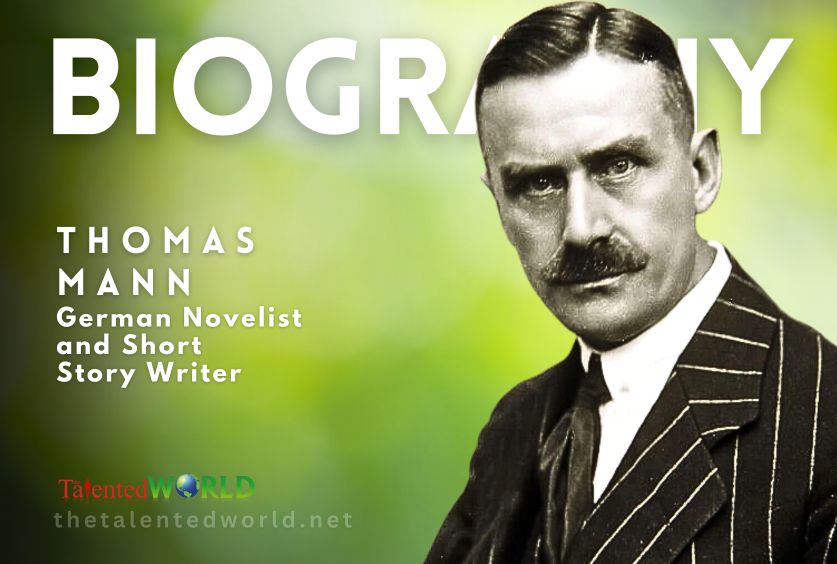
Quick Facts
| Fact | Details |
|---|---|
| Full Name | Paul Thomas Mann |
| Born | 6 June 1875 |
| Place of Birth | Free City of Lübeck, German Empire |
| Died | 12 August 1955 (aged 80) |
| Place of Death | Zürich, Switzerland |
| Occupation | Writer, journalist, literary critic |
| Citizenship | German → Czechoslovak → American |
| Alma Mater | University of Munich, Technical University of Munich |
| Literary Movement | Modernism |
| Notable Works | Buddenbrooks, The Magic Mountain, Death in Venice, Joseph and His Brothers, Doctor Faustus |
| Notable Awards | Nobel Prize in Literature (1929), Goethe Prize (1949) |
| Spouse | Katia Pringsheim (m. 1905) |
| Children | Erika, Klaus, Golo, Monika, Elisabeth, Michael |
| Family | Father: Thomas Johann Heinrich Mann, Mother: Júlia da Silva Bruhns, Brother: Heinrich Mann |
| Early Life | Born to a bourgeois family in Lübeck, Germany; studied science at a Lübeck Gymnasium and later attended universities |
| Literary Career | Started by writing for the magazine Simplicissimus; and published their first short story in 1898 |
| Marriage | Married Katia Pringsheim in 1905; the couple had six children |
| Exile | Fled to Switzerland in 1933 when Hitler came to power; and moved to the United States during World War II |
| Exilliteratur | Contributed to German literature written in exile, opposing the Hitler regime |
Thomas Mann Books
| Title | Year |
|---|---|
| The Magic Mountain | 1924 |
| Death in Venice | 1912 |
| Buddenbrooks | 1901 |
| Doctor Faustus | 1947 |
| Joseph and His Brothers | 1933 |
| Mario and the Magician | 1929 |
| Tonio Kröger | 1903 |
| Confessions of Felix Krull | 1922 |
| The Holy Sinner | 1951 |
| The Black Swan | 1953 |
| Reflections of a Nonpolitical Man | 1918 |
| A Man and His Dog | 1918 |
| Lotte in Weimar: The Beloved Returns | 1939 |
| Royal Highness | 1909 |
| Listen, Germany! | 1943 |
| The Wardrobe | 1899 |
| Little Herr Friedemann | 1897 |
| The Transposed Heads | 1940 |
| Joseph in Egypt | 1938 |
| Disorder and Early Sorrow | 1925 |
| Deutschland und die Deutschen | 1945 |
| The Tables of the Law | 1944 |
| The Blood of the Walsungs | 1921 |
| An Appeal To Reason | 1930 |
| The Tales of Jacob | 1933 |
| The Clown | 1897 |
| Joseph the Provider | 1943 |
| Gladius Dei | 1902 |
| De dood in Venetië en andere verhalen | 1912 |
| That man is my brother | 1938 |
| Tobias Mindernickel | 1898 |
| Fallen | 1894 |
| Schwere Stunde | 1905 |
| Stories of three decades | 1936 |
| The Will to Happiness | 1896 |
| Luischen | 1900 |
| At the Prophet’s | 1904 |
| Gesang vom Kindchen | 1919 |
| Travesía marítima con Don Quijote | |
| Sufferings and Greatness of Richard Wagner | 1933 |
| Thomas Mann: New Selected Stories | |
| The Road to the Churchyard | 1900 |

